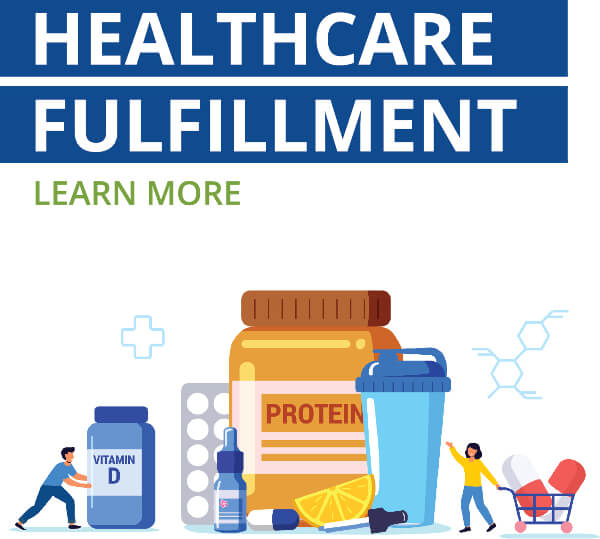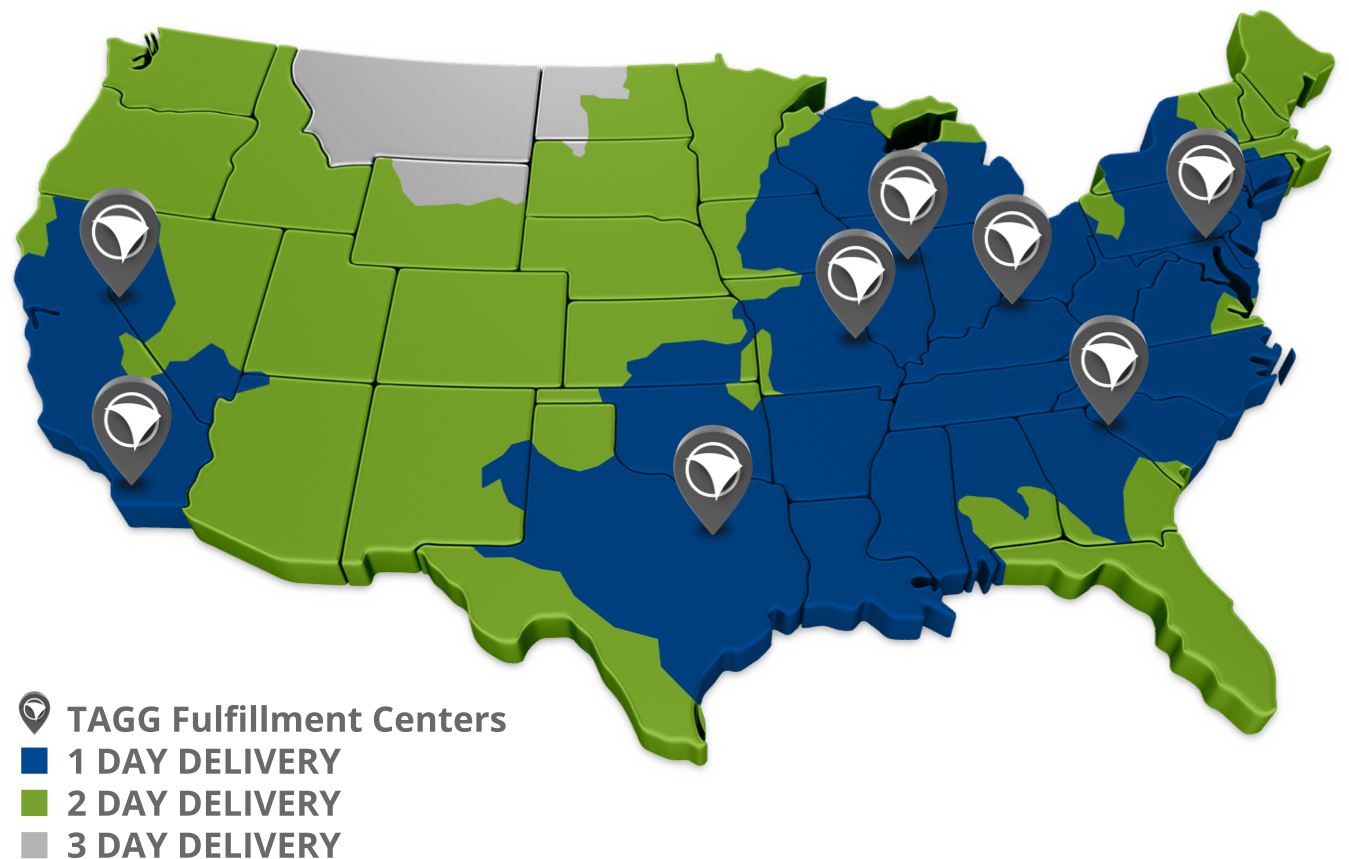The list below represents commonly used document types within EDI enabled supply chains. Please note that each retailer or trading partner may not include all that are listed.
Documents That You as a Supplier Will RECEIVE From Your Partners
Planning Schedule (830)
In some cases, your Trading Partners may send a Planning Schedule to you. Should you receive this document, it advises you as to when your Partners will expect to receive specific quantities of listed items over a designated range of dates.
Purchase Order (850/875)
An electronic representation of your buyers’ Purchase Order. This is often the first document to be received in the EDI Process, but is sometimes preceded by the Planning Schedule.
Purchase Order Change (860)
When your Trading Partner makes an adjustment to the original Purchase Order, this document is sent to you and will automatically update the changes on the Orders the changes are intended for.
Payment Remittance Advice (820)
You will receive this document from your Trading Partners when they pay you via an Electronic Funds Transfer (EFT). The 820 acts as the statement and will allow you to reconcile what Invoices have been paid on a particular payment.
Text Document (864)
When your Trading Partners have miscellaneous information to share with you, this document will be used. There is really no limitation to the type of information that can be contained within a Text Document, as it is similar to writing you a letter. Examples of the type of information you may receive are: Adjustments to Partner requirements, Routing Announcements, and General Corporate Communication.
Organizational Document (816)
Some Trading Partners will forward an 816 to provide you with a complete listing of store locations and addresses.
Product Activity Data (852)
Your Trading Partners may send this document to report sales and inventory for specific items in specific store locations. An 852 is commonly used in conjunction with Vendor Managed Inventory (VMI).
Functional Acknowledgment (997)
Commonly referred to as the 997. A transaction your Partners will transmit back to you as confirmation that the document you sent them has been received. An example is when you transmit ASNs, the Functional Acknowledgment confirms for you that your Trading Partners successfully received your transmission.
Documents That You as a Supplier Will SEND to Your Partners
Purchase Order Acknowledgment (855)
A document that you send back to your Trading Partner advising them that you agree or do not agree to ship the appropriate quantities of each item listed on the Purchase Order.
Purchase Order Change Request/Acknowledgment (865)
A document that you send back to your Trading Partner advising them that you accept or do not accept the changes of a Purchase Order Change.
Advanced Shipment Notice (ASN) (856)
A document you send to your Trading Partner advising them of what merchandise you are shipping. ASNs are very detailed and inform your Partner as to what items can be found in what boxes on what Orders. Typically you will create 1 ASN per shipment, and the ASN is to be transmitted to your Partner immediately after the Carrier leaves your facility. The ASN must be received by your Trading Partner prior to receiving your merchandise.
Invoice (810/880)
This document replaces the paper invoices you send your Partners. It allows you to bill your customers electronically based on what has been shipped.
Catalog and Pricing (832)
An electronic document you will send to your Trading Partners that will provide them with specifics of the items available for their purchase.
Functional Acknowledgment (997)
Functional Acknowledgments are sent back to your Trading Partners upon receiving any and all documents from them. This document is generally created and sent automatically for you at the translation level.
UCC128 Container Labels
These labels are generally 4”x 6” and get affixed to the outside of the cartons or pallets you are shipping to your customer. In addition to containing standard shipping information (such as your ship-from address and your customers’ ship-to address), these labels possess barcodes that are scanned and that assist your customers with everything from automatically routing final destinations of your merchandise to identifying what merchandise is inside of each container. Each carton is assigned a unique 20 digit serial number, which is reflected in one of the barcodes on the UCC128 label, and these container serial numbers are expected to match up with data on your ASNs. Collectively ASNs and UCC128s are often used by your customers to receive your merchandise into their computer systems.


